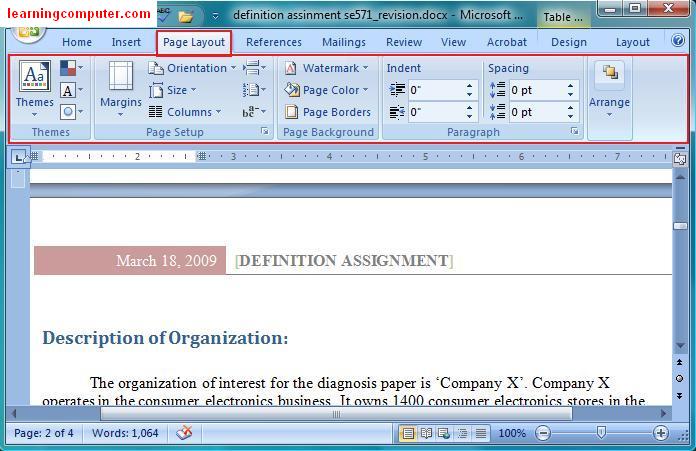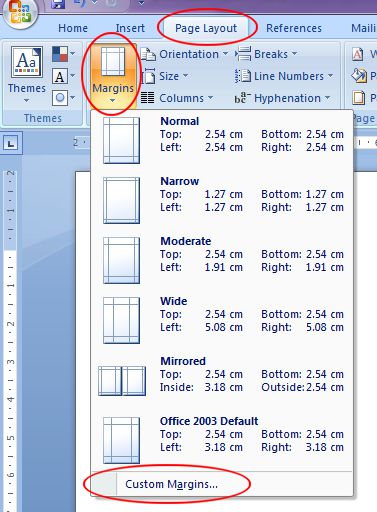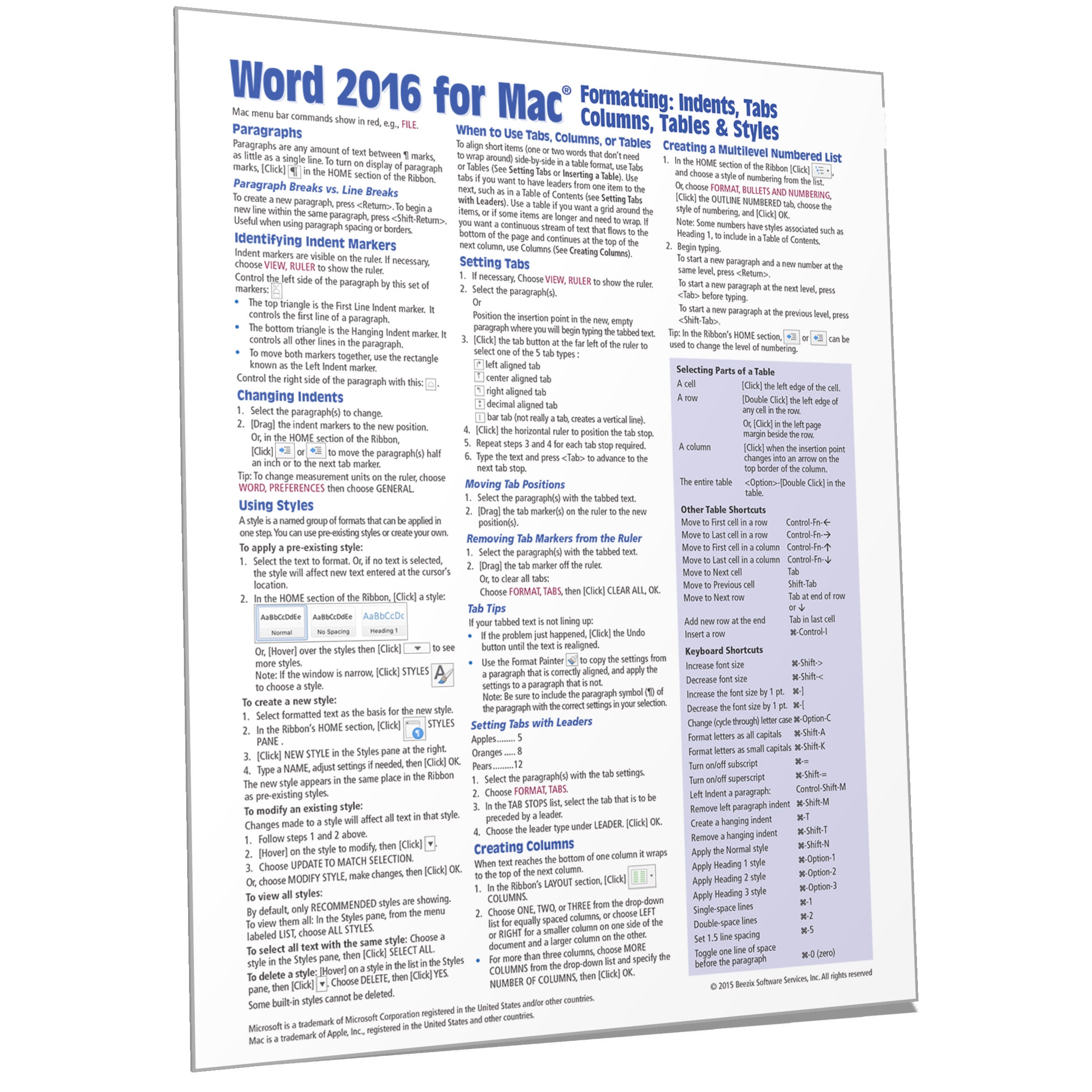
This unusual alignment is most often used for setting captions or quotations apart from the main text. Aligns the lines in the paragraph flush on the right side and ragged on the left. Avoid using centered text for long paragraphs, since it’s hard for readers’ eyes to track from the end of one line to the beginning of the next when the left margin is uneven. This setting is appropriate for headings and short chunks of text, as in invitations and advertisements. Centers each line in the paragraph, leaving both left and right margins ragged. Left alignment is standard for letters, reports, and many business documents.Ĭentered (Alt+H, AC). Aligns the lines in the paragraph flush on the left side and ragged on the right. Removes text formatting from the selection. Toggles through five case options: sentence case, lowercase, uppercase, capitalize each word, toggle case.Īlt+H, FS FC selects the font color drop-down menu use the arrow keys to highlight the color press Enter to finish the selection.Īlt+H, I selects the highlight drop-down menu Enter highlights the selection. Your letters and words will be beautifully formatted from the get-go.Īlt+H, FF selects the font drop-down menu use the arrow keys to highlight the font press Enter to finish the selection.Īlt+H, FS selects the font size drop-down menu use the arrow keys to highlight the size press Enter to finish the selection.Īlt+H, 3 selects the underline style drop-down menu use the arrow keys to highlight the style press Enter to finish the selection. Or, you can set up your formatting options first, and then begin to type. First, tell Word which text you want to format by selecting it. Whichever method you use, formatting is a two-step process.

And when you get really good, you can do most of your formatting with keyboard shortcuts, never even slowing down long enough to reach for the mouse. You can further fine-tune the font formatting using the Font dialog box (Alt+H, FN).įor quick formatting, you may not need to go any further than the mini-toolbar that pops up when you select text for formatting. The easiest and most visual way is with the ribbon (Home → Font). It’s easy to change the formatting, and Word gives you quite a few different ways to do it. The formatting describes the typeface, the size of the character, the color, and whether or not the character is underlined, bold, or capitalized. Many documents have only one section, so when you make formatting changes to a section, you’re actually formatting the entire document.Įvery character in your document is formatted. When you change margins, page orientation, page size, and the number of columns per page (all described in Chapter 3), you’re formatting the section. Use the Page Setup dialog box (Alt+P, SP) to format sections. When you select characters within a paragraph and change the font settings, you override the basic font description in the paragraph’s style. Because characters are part of paragraphs (remember those Russian nesting dolls), every paragraph includes a basic font description. You don’t have to select a paragraph to format it just click to place the insertion point within a paragraph. You can set formatting for text alignment, indents, line spacing, line breaks, and paragraph breaks. Use the Paragraph dialog box (Alt+H, PG) to format paragraphs. Word uses the term font, probably because it’s shorter and therefore easier to fit into a dialog box. The term font was more specific, referring to variations within a typeface such as bold, narrow, or italic. Prior to the use of computers, groups of letters, numbers, and punctuation of a certain style, such as Helvetica or Bodoni, were called typefaces.
#Setting indents in word 2007 how to#
Finally, you find out how to copy and reuse formatting with tools like the Format Painter and style sets. You learn how to format paragraphs with indents and spacing, and how to control the way Word breaks up the words in a line and the lines in a paragraph. This chapter starts with the basics: how to format individual characters and words-selecting fonts and making characters bold, italicized, underlined, or capitalized.

Quotes and references should be set off from the other text.

Important words need to resonate with emphasis. Headings should be big and bold, and they should also be consistent throughout your document. Body text needs to be readable and easy on the eyes. You can apply formatting to just about every element of your document, from a single character to entire paragraphs. Good formatting distinguishes different parts of your text and helps your readers take in your message.

Chapter 4. Formatting Text, Paragraphs, and Headingsįormatting is the fine art of making your documents effective and attractive.


 0 kommentar(er)
0 kommentar(er)
